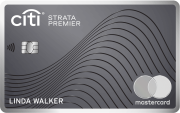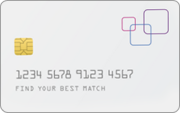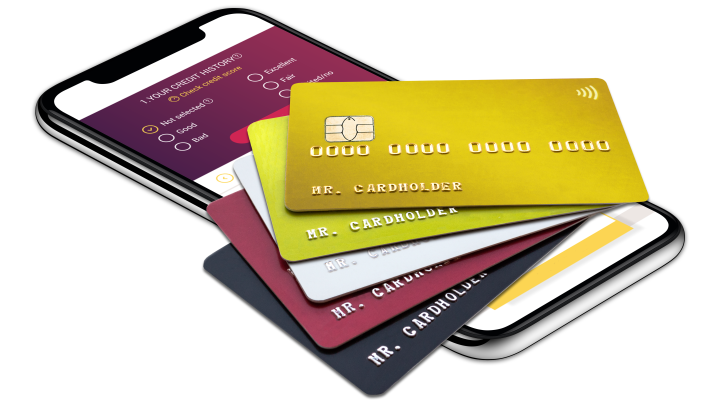The content on this page is accurate as of the posting date; however, some of the offers mentioned may have expired.

The Federal Reserve raised its key interest rate by 0.25 percentage points. Banks will soon follow and raise their interest rates for credit cards and other credit products that are directly affected by prime rate changes.
The Federal Reserve continues fighting inflation by raising its benchmark rate. The federal funds rate influences (directly or indirectly) interest rates offered to consumers when they borrow from banks, whether that is in the form of a credit card, mortgage or an auto loan.
Since most credit cards come with a variable annual interest rate (APR), credit cards rates directly affected by the seesaw of the Fed's benchmark rate. There've been nine consecutive increases since the rate-rising cycle began, so your bank may have already increased rates on your active credit cards (and probably not once).
Luckily, there are ways to avoid paying interest on your credit cards. The first is to pay off the card balance in full each month by the due date. Just keep in mind that this strategy does not work with cash advances. And second, if you have a habit of carrying some balance on your credit card, you can try paying it off by transferring it to a credit card with 0% intro APR on balance transfers. Balance transfers may involve some fees, but it's usually cheaper to pay a balance transfer fee than pay interest.
Other credit products as student loans, mortgages and auto loans have become more expensive as well. And while your current loan may have a fixed rate and you may not notice the Fed's rate hikes, those who are shopping around looking for better rates will find that interest rates has increased.
Those who save, however, can rejoice as savings accounts rates have started climbing up. You can find online savings accounts with rates as high as 5%. That is significantly more than average rate from traditional banks.






